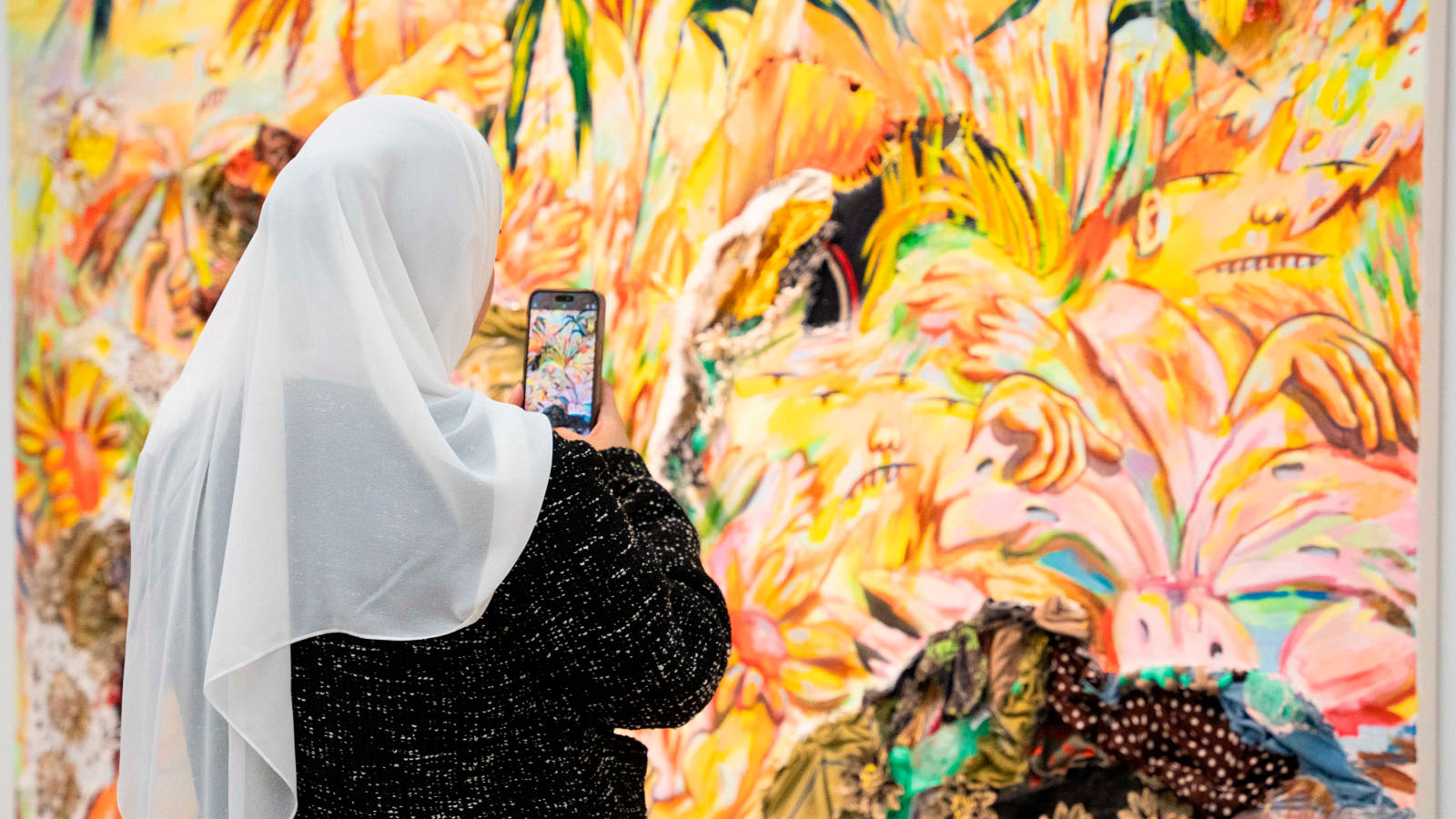
It’s difficult to define the value of art
Owning art is unique. Unlike almost every other asset within a wealth portfolio, it typically holds huge emotional resonance for its owner.
The urge to collect art is driven by very different desires to those behind building a stock or bond portfolio and its ‘value’ can mean different things to different people - and at different points in time too.

One of the first things any collector needs to consider is whether they are amassing it primarily for pleasure during their own lifetime, as an investment, or to create a legacy – or a mixture of the three?
These might seem like obvious questions, but they’re often not given that much thought, particularly as a collection is started and is being assembled.
Passion-driven collectors may not associate or categorise their art-buying alongside the disciplines they apply to the management of their financial or business wealth, as art-collecting is so often driven by very personal perspectives and emotion.
For the next generation, who have perhaps grown up with a collection being built or in existence within the family, the value they attach could be very different, particularly if they stand to inherit it.
Challenging conversations
It can be challenging to talk to clients about art, as opposed to other assets families may have.
Did you know?
I think of it in a similar way to collectibles such as sporting memorabilia or classic cars. In the same way, art collections have often been built up by one person – and that's the challenge. It's been driven by their interests, their passion – it's very different from financial assets in that way.
When we’re advising families on their art collections, one of the challenges, first and foremost, is to try to move the discussion away from something that’s personal and emotional into a space where there can be a more objective strategic conversation – but that's not easy.
You have to get people into a space where there's a willingness to talk about it objectively and then you can begin to tease out what it means. Why was it built? What was the history behind this? What was the purpose, passion, emotion and drive behind this?
Then, you need a conversation about the objectives for the longer term. And that's where you can begin to open up and ask quite a lot of really big, broad questions.
These discussions provide the basis for understanding why a collection exists, and what its value means to the collector. And, ultimately, it helps us to support a client incorporate a collection into the breadth of their wider assets and think about what they want to do with it in the future.

The art of preservation
Find out more about the challenges and opportunities of collecting, managing and ultimately passing on art in our HSBC Private Bank report.
Abu Dhabi Art partnership
Take a look around our exhibition with Abu Dhabi Art at London’s Saatchi Gallery and find out more about our partnership.